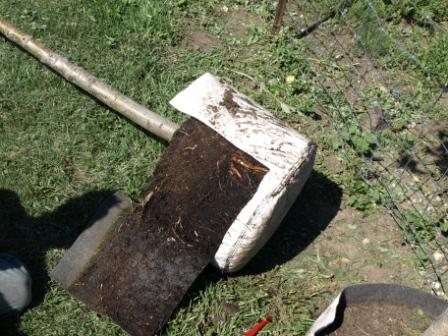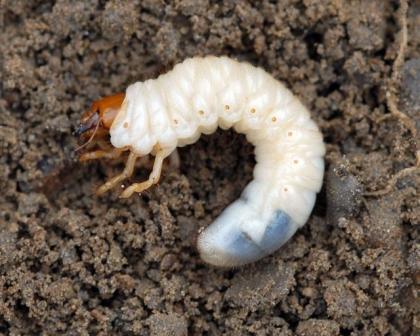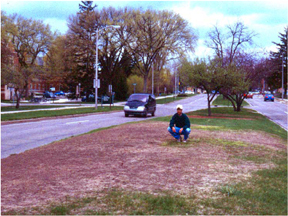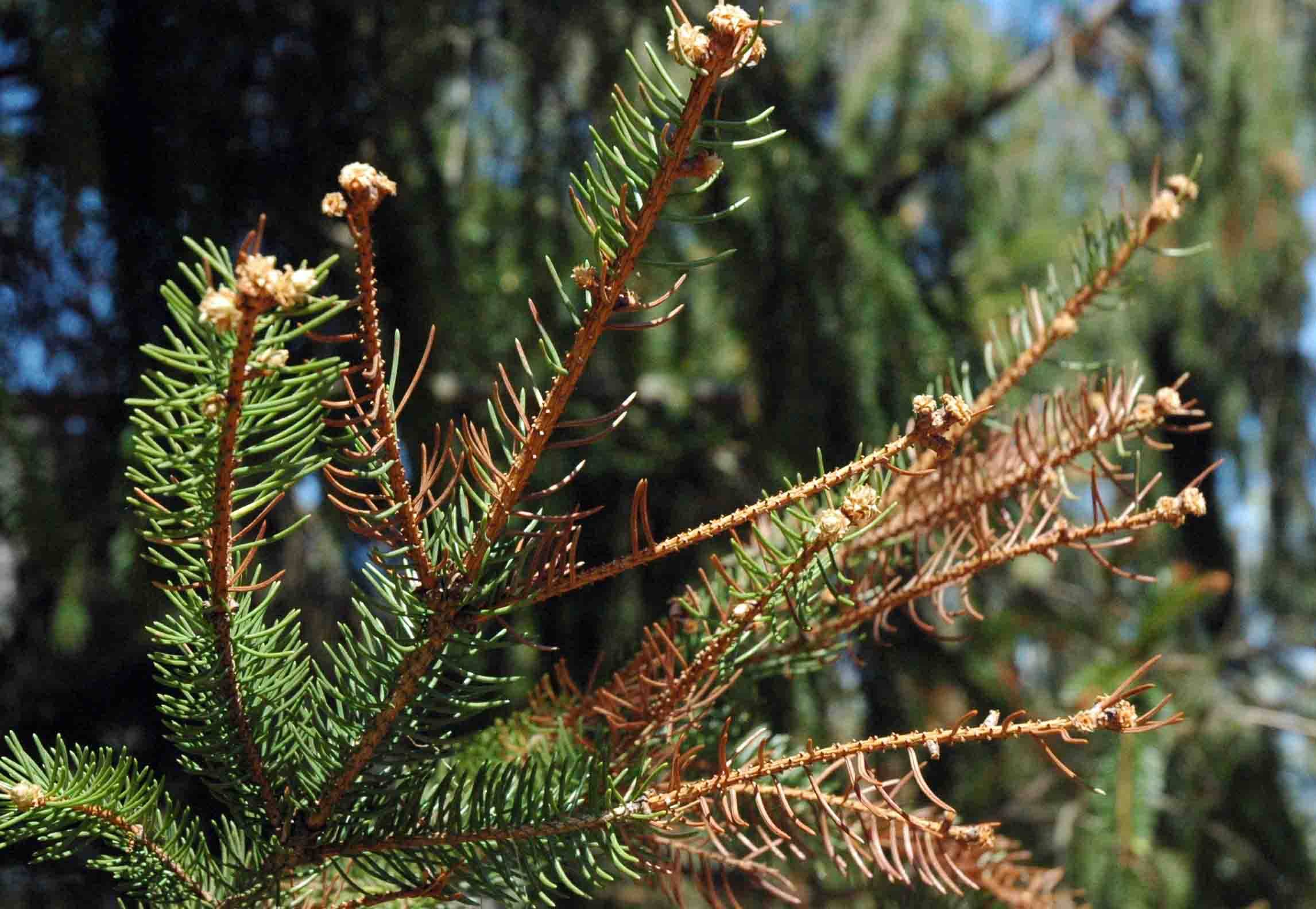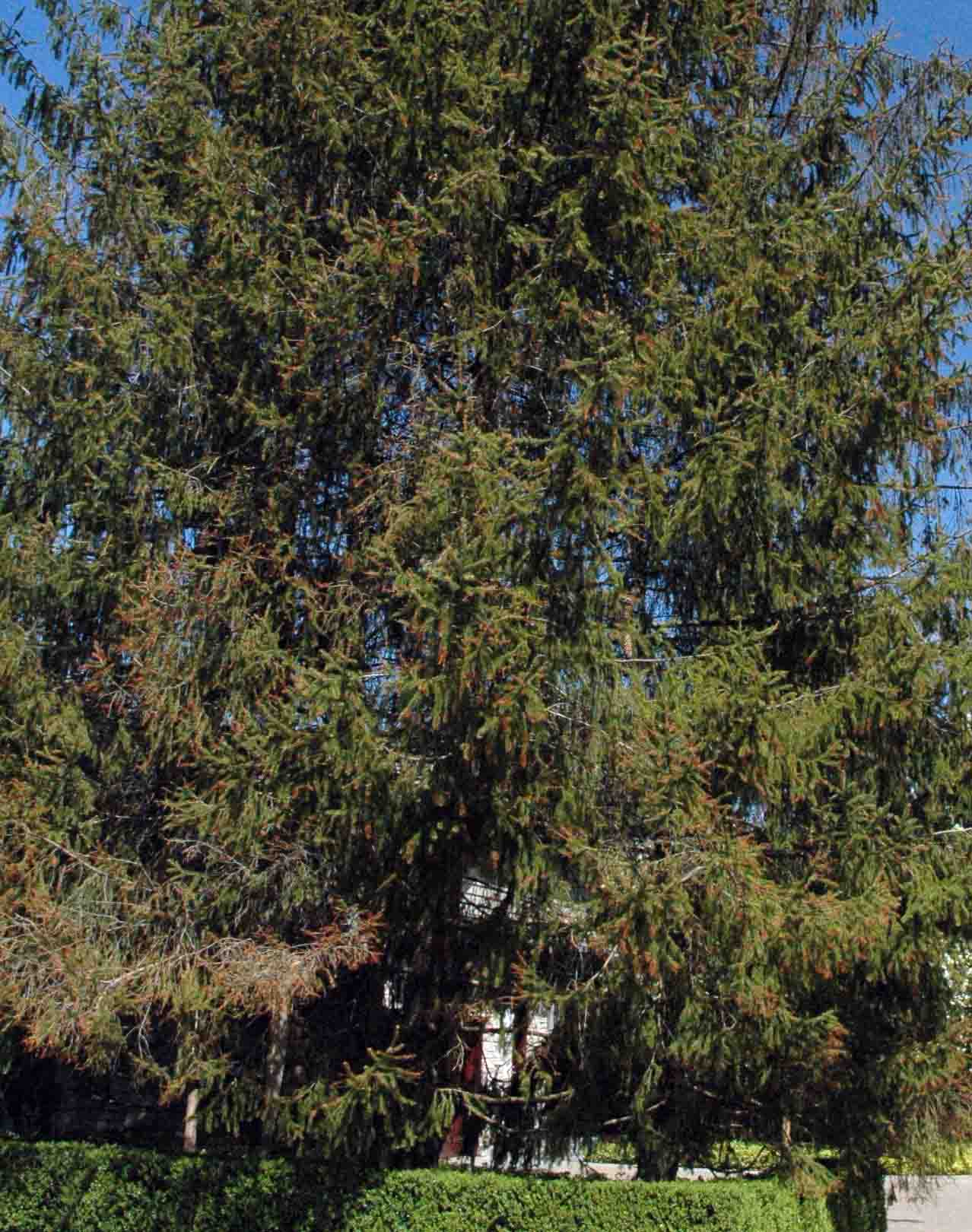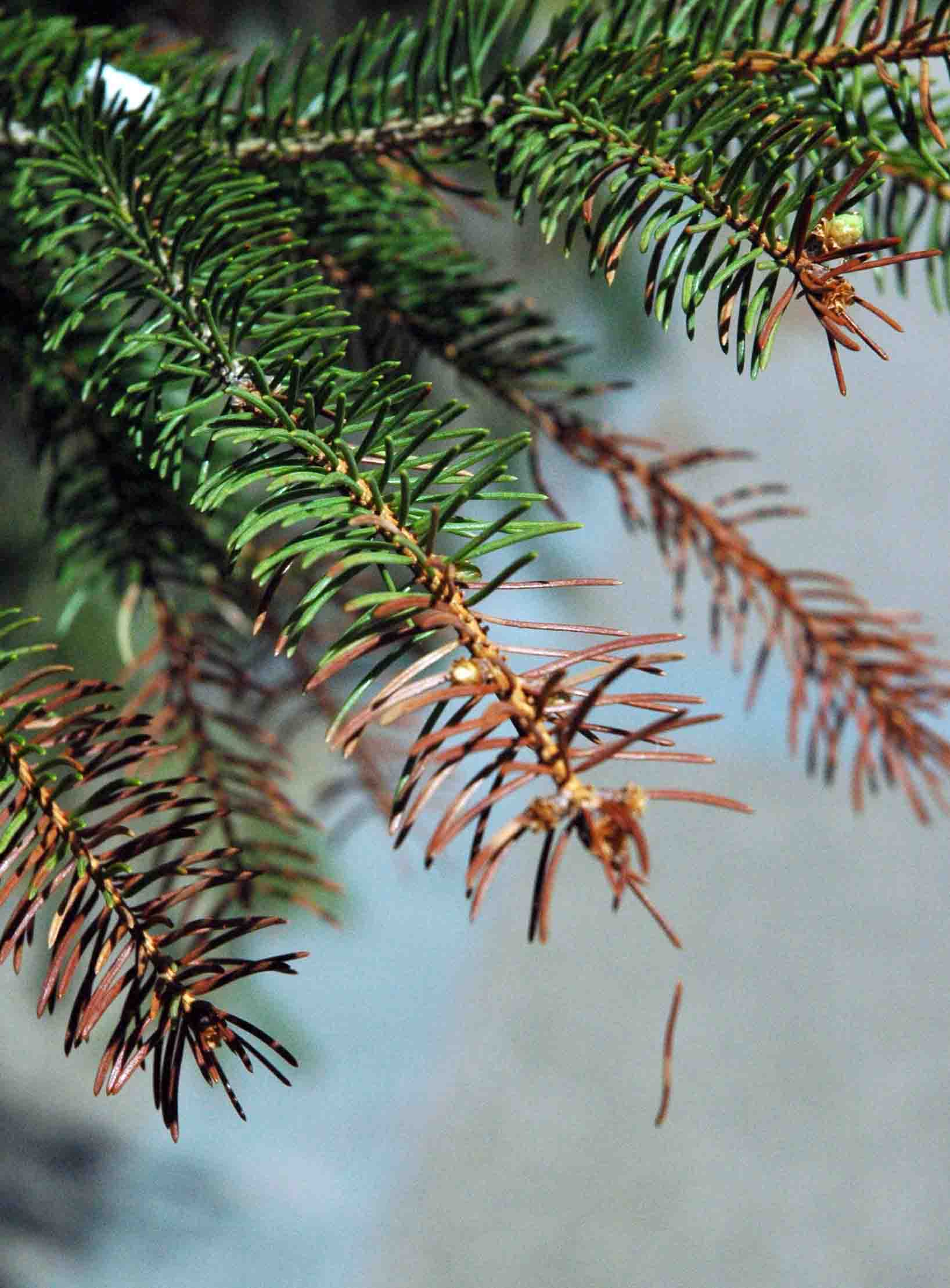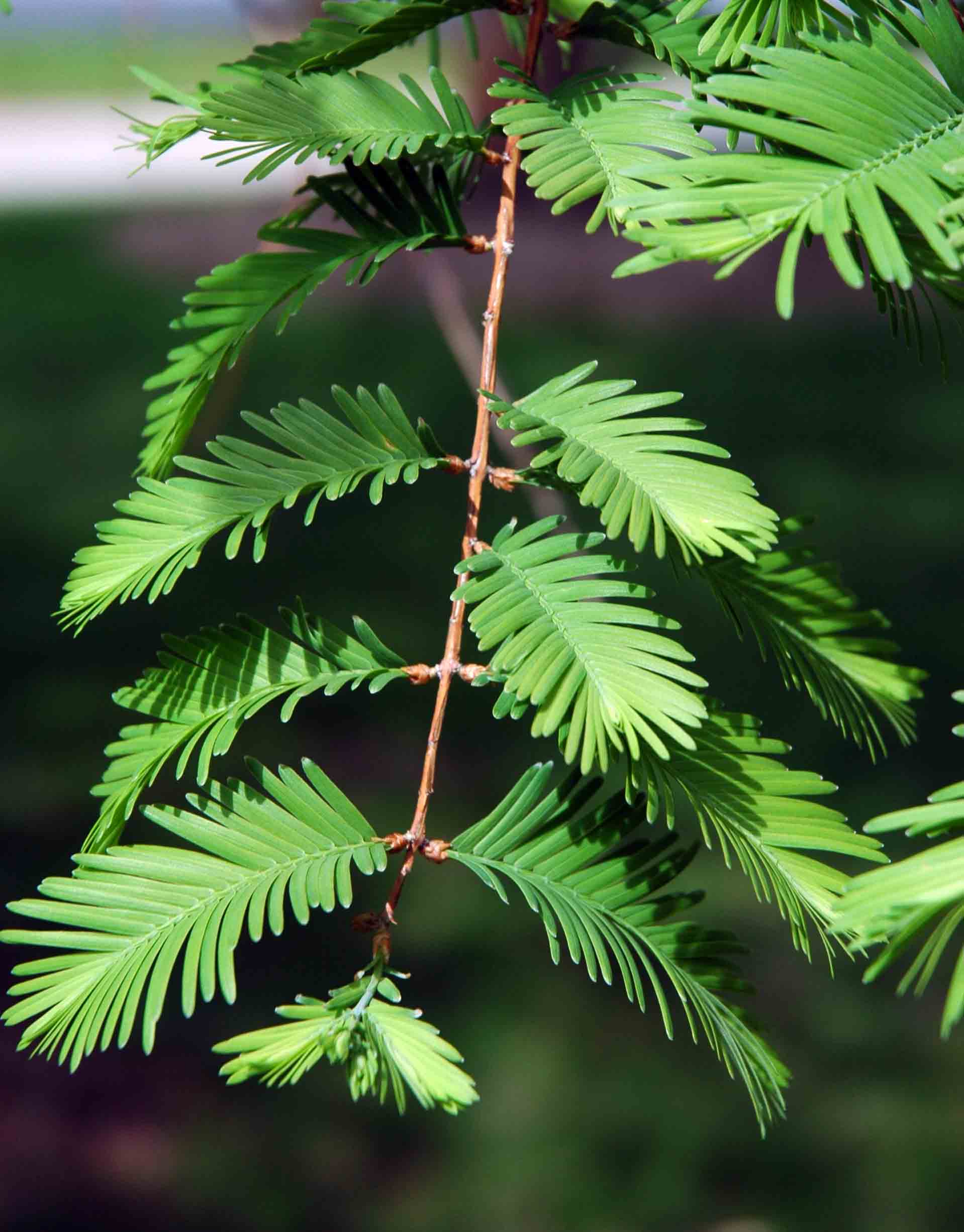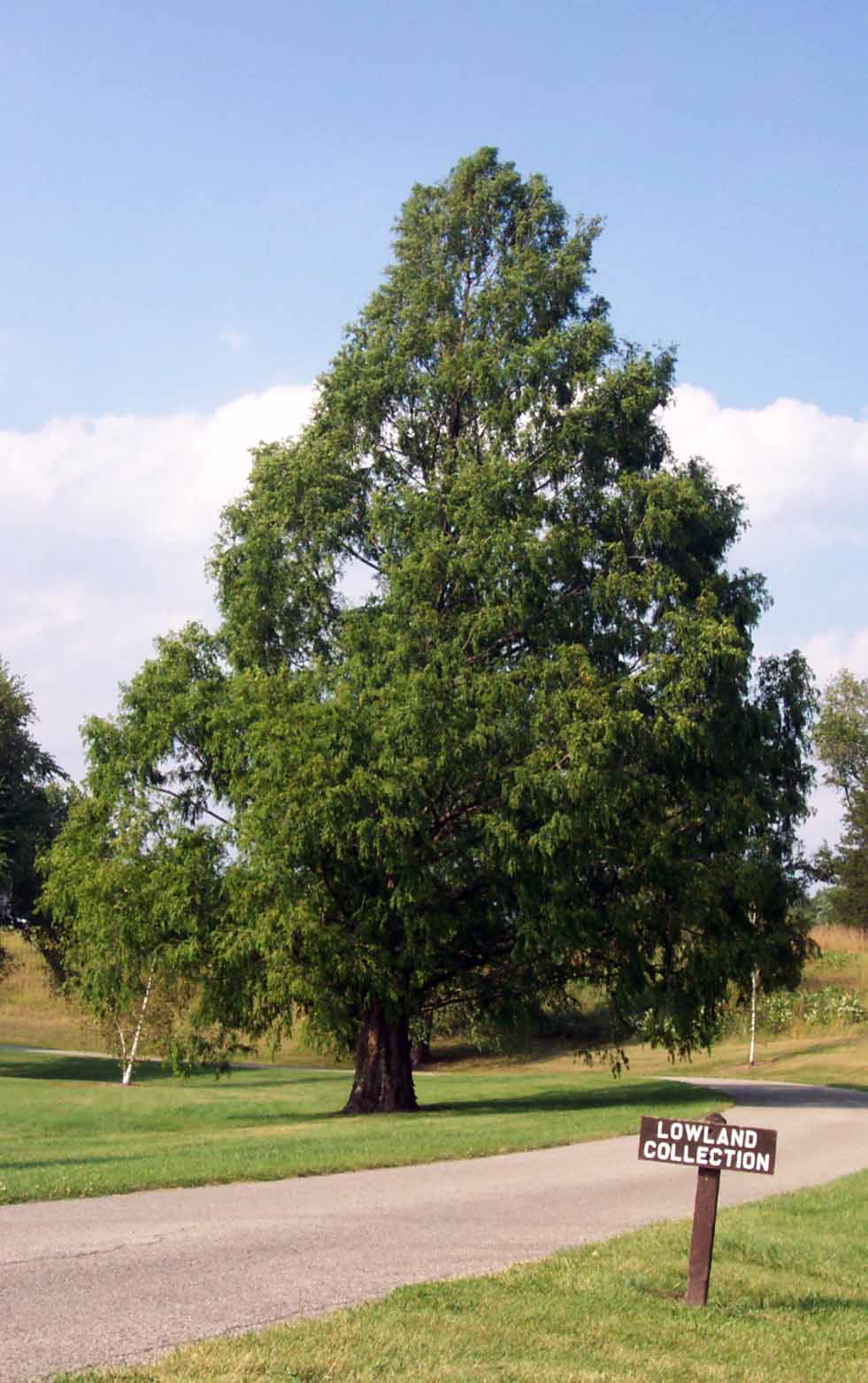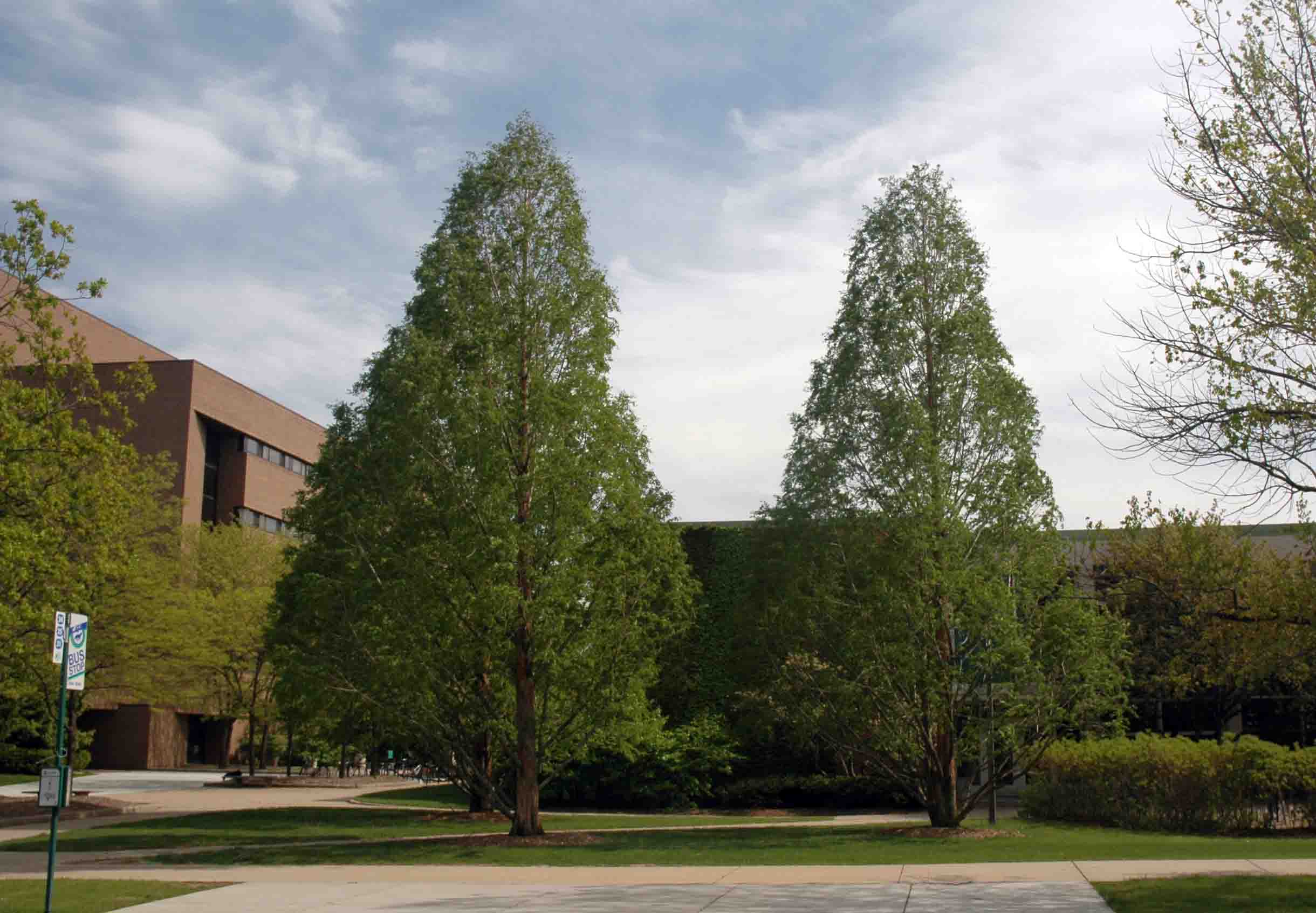We’ve had some good, vigorous discussion about permaculture, specifically around the book Gaia’s Garden. I’ve pointed out some problems with the author’s understanding of relevant plant and soil sciences and will wrap up this week with a look at the glossary and bibliography.
Glossary
The glossary contains a number of scientific-sounding words and phrases with unscientific definitions; for example:
“Buffer plants: Plants placed between guilds or between allelopathic species. They should be compatible with the trees in each guild and should have a positive effect on one or both of the guilds to be linked.” (“Buffer plants” is a phrase legitimately used in ecological restoration where plantings separate wetlands or other natural areas from human activity.)
“Guild: A harmoniously interwoven group of plants and animals, often centered around one major species, that benefits humans while creating habitat.” (The term “guild” is ecological and refers to groups of species that exploit the same types of resources. It has been hijacked and redefined for permaculture.)
“Narcissistic: Plants that thrive on the leaf litter of members of their own family, such as the Solanaceae, or nightshade family.” (In this case, this is an unscientific term given a scientific-sounding – but nonsensical – definition.)
“Polycultures: Dynamic, self-organizing plant communities composed of several to many species.” (Polyculture is an agricultural term referring to the planting of multiple crops. It’s a cultural strategy in Integrated Pest Management.)
“Sectors: Areas where outside energies such as wind, sun, fire and so forth enter a site. These energies can be mitigated, captured, or otherwise influenced by placement of elements in the design.”
Bibliography
There are only two books I would consider scientific; one soils textbook from 1996 and the other is Odum’s classic text Fundamentals of Ecology (1971). I’m disappointed in how scarce and dated these references are, given the wealth of more recent articles and books that are both relevant to urban gardens and scientifically sound.
The bibliography also includes many books on design and I’m not including them in this critique. Of those that remain, the bulk are nonscientific and in many cases pseudoscientific. Examples of the latter include The Albrecht Papers (Albrecht, 1996), Weeds and What They Tell (Pfeiffer, 1981).
And this last criticism embodies what permeates much of Gaia’s Garden: pseudoscience. In the glossary, we see scientific-sounding terms or definitions that are ultimately meaningless or incorrect. Furthermore, we see scientifically legitimate terms such as guild used incorrectly. Both of these practices are characteristics of a pseudoscience.
I think this is unfortunate. I’ve mentioned before that I agree with much of the philosophy behind permaculture. But dressing up this philosophy as science both misleads nonexperts and alienates scientists.
So here’s a challenge – why not write a new book on permaculture and collaborate with a scientist? (I know a few who are writers!)

